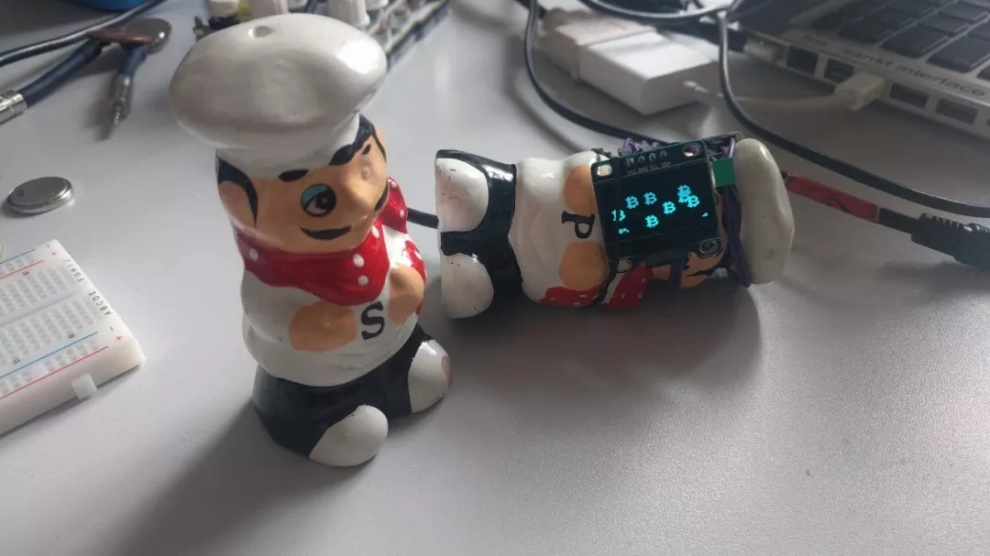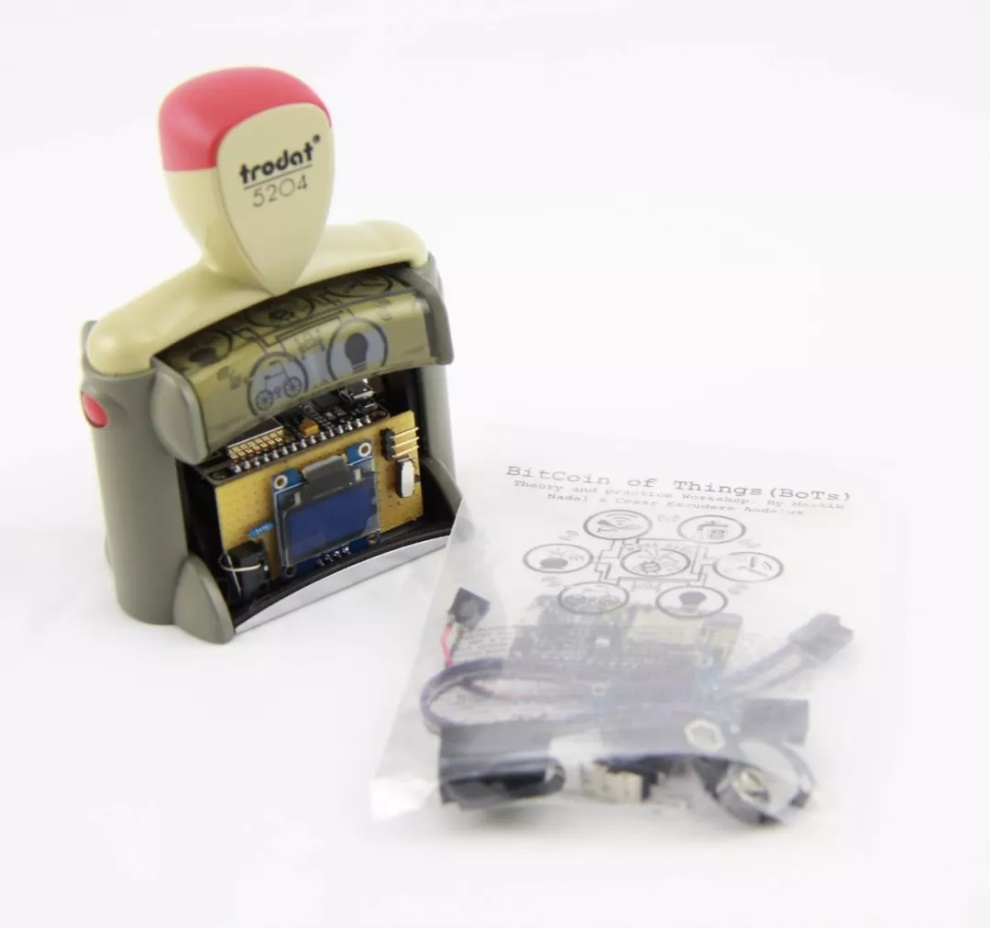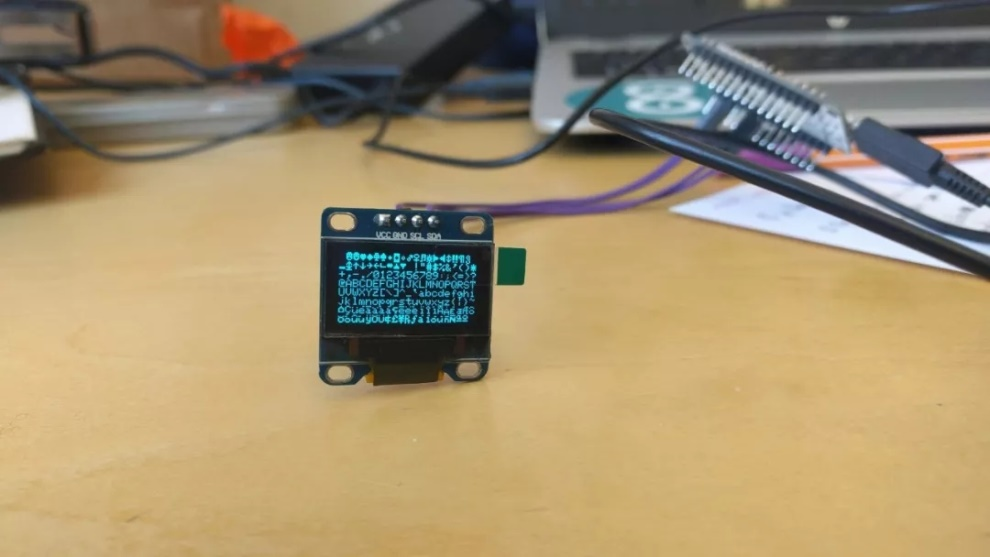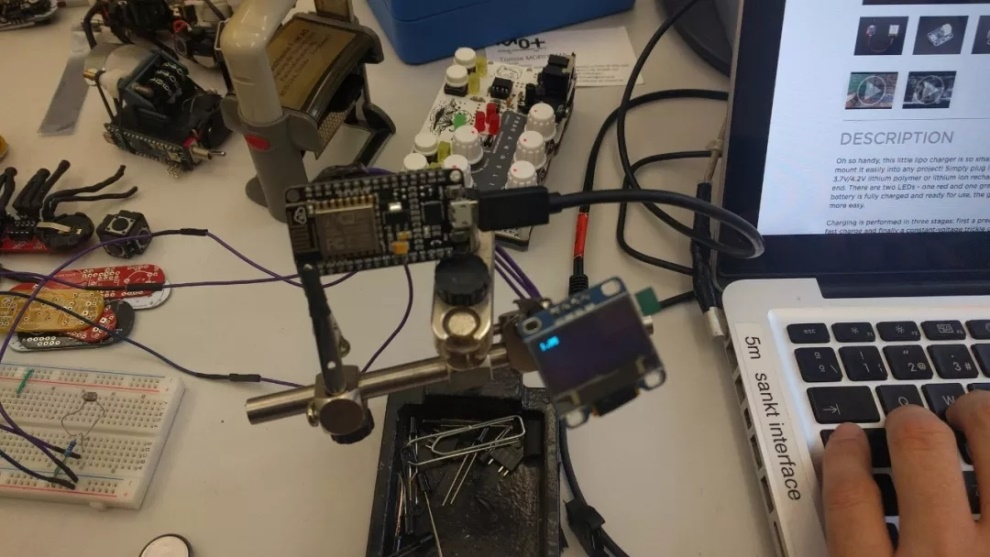CAC Atelier 11 BitCoin of Things (BoT): Theory and Practice Workshop
Date:
July 21 (Sunay)
Time:
13:00 – 17:00
Language:
English
Venue:
Open Hub @Chronus Art Center (BL No.18, No.50 Mo Gan Shan Rd, Shanghai)
This is a Workshop addressed to those who have concerns with Media Art, Digital culture, Critical Economy, Electronics and Internet of Things (IoT).
The Bitcoin was conceived as an electronic centralised system for capital transactions. Each node (user) had the same opportunities to get a reward when validating a transaction. In the last years, this system has triggered in a competitive struggle in which computing power is the most important variable for earning Bitcoins. This involves the use of large equipment, computers farms spending physical and environmental resources. A dispute that benefits only the owner of the most powerful and efficient technology. Causing A BIG WASTE OF ENERGY. Bitcoins of Things (BoT) transforms this “Crazy” way of producing Bitcoins into a playful Lottery.
The Bitcoin mining process consists of finding a random number called “Nonce”, which added to the Header Block and through a Hash function returns a number (hash value) that if starts with a sufficient number of zeros (difficulty) can be validated by the Blockchainnetwork. When this number is found a reward of 12.5 Bitcoins is earned by the miner.


Participants will build a BitCoin of Things (BoT) miner combining a Wi-Fi microcontroller and different sensors such as an accelerometer, microphones or buttons, generating a “Nonce” from its reads try to validate all the Blockchain pending transactions. The possibilities are lower, but it decreases the use of energy of the calculation processes making it more sustainable.



Finally, the microcontroller is attached to daily life objects, like keyboards, computer mice or salt-shakers, by using them the object can potentially generate big number of Bitcoins, playing with the idea of finding the philosopher’s stone.
Martin Nadal
Martin Nadal (BSc) is an artist/creative coder based in Linz and studying the Interface Cultures program at KunstUni. In the past years he has collaborated in a variety of projects and taught some workshops related to art and technology. He is also interested in illustration and cinematography. His works have been shown at Visualizar 11 (Medialab Prado), Ars Electronica, AMRO Festival y Settimana della Scienza (Genova). IAMAS (jp). ZKM (de).
Cesar Escudero Andaluz
Cesar Escudero Andaluz is an artist and researcher focused on Human-Computer Interaction, Interface Criticism, Digital Culture and its social and political effects. His work spans image-making, sculpture, videogame, installation, networked culture, IoT, robotics, media archaeology. Since 2011 he is researching at the Kunstuniversität Linz in Interface Culture LAB. His artworks have been shown in international electronic-art events, museums, galleries and conferences including ARS ELECTRONICA CENTER (AT) /ZKM (DE) / RE:TRACES (AT) / WRO (PL) / TRANSNUMERIQUES (FR) / HANGAR.ORG (SP) / KIKK (BE)/ ROME MEDIA ART FESTIAL (IT)/ ADAF (GR).







